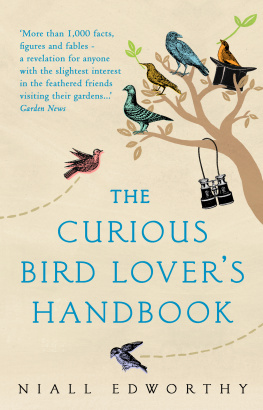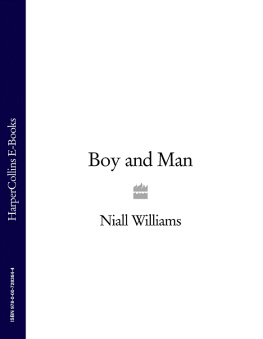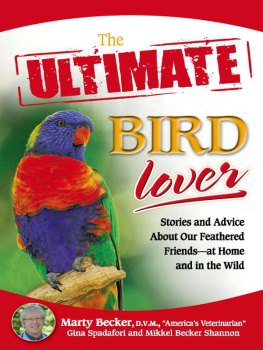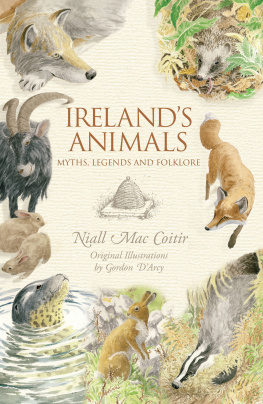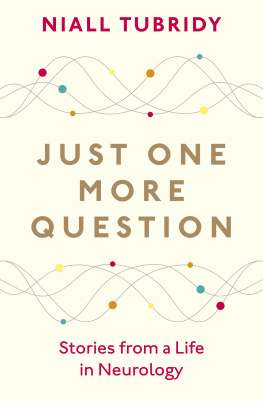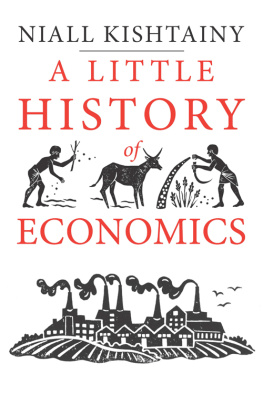Niall Edworthy - The Curious Bird Lover’s Handbook
Here you can read online Niall Edworthy - The Curious Bird Lover’s Handbook full text of the book (entire story) in english for free. Download pdf and epub, get meaning, cover and reviews about this ebook. year: 0, genre: Science. Description of the work, (preface) as well as reviews are available. Best literature library LitArk.com created for fans of good reading and offers a wide selection of genres:
Romance novel
Science fiction
Adventure
Detective
Science
History
Home and family
Prose
Art
Politics
Computer
Non-fiction
Religion
Business
Children
Humor
Choose a favorite category and find really read worthwhile books. Enjoy immersion in the world of imagination, feel the emotions of the characters or learn something new for yourself, make an fascinating discovery.
- Book:The Curious Bird Lover’s Handbook
- Author:
- Genre:
- Year:0
- Rating:4 / 5
- Favourites:Add to favourites
- Your mark:
- 80
- 1
- 2
- 3
- 4
- 5
The Curious Bird Lover’s Handbook: summary, description and annotation
We offer to read an annotation, description, summary or preface (depends on what the author of the book "The Curious Bird Lover’s Handbook" wrote himself). If you haven't found the necessary information about the book — write in the comments, we will try to find it.
The Curious Bird Lover’s Handbook — read online for free the complete book (whole text) full work
Below is the text of the book, divided by pages. System saving the place of the last page read, allows you to conveniently read the book "The Curious Bird Lover’s Handbook" online for free, without having to search again every time where you left off. Put a bookmark, and you can go to the page where you finished reading at any time.
Font size:
Interval:
Bookmark:


Also by Niall Edworthy
The Curious Gardeners Almanac
The British garden is a living encyclopaedia of curious and fascinating knowledge, the roots of which spread deep into human experience and culture. Gardeners have been growing vegetables, fruit and flowers for centuries. The Curious Gardeners Almanac is a collection of remarkable facts, curiosities, ancient wisdom and customs, time-honoured tips, traditional recipes, lists, quotations and general ephemera, celebrating the British garden in all its splendid diversity and rich history. Never dry or dull, the choice of entries in the Almanac is neither categoric nor random: what has found its place here has done so on the merit of its curiosity or genuine use, and nothing else. The topics covered are as profuse and variegated as the world of gardening itself.
Witty and surprising, delve in to The Curious Gardeners Almanac and be intrigued, amused, surprised, delighted and inspired.

HOW BIRDS CAME TO BE

Are birds really descended from dinosaurs?
The answer is somewhere between very probably and almost certainly, yet there is still some debate because the evidence about how and when birds evolved is not conclusive. To some ornithologists, on the other hand, the mystery is not whether birds are descended from dinosaurs but whether they are dinosaurs.
The birddinosaur debate began with the discovery in 1860 of a fossil in a limestone quarry in Bavaria that astounded the scientific community of the day. The 145-million-year-old fossil is a crow-sized skeleton covered in feathers and it has been so well preserved that even from a picture you can see that the creature was part bird, part reptile. It was dubbed Archaeopteryx, meaning ancient wing, and it is considered to be one of the most important fossil finds ever. The feathers, which are unique to birds, are obvious but the skeleton is very unbird-like with its long bony tail, teeth in place of a beak and claws on the wings, giving it a strong resemblance to the running lizard dinosaurs. If there had been no feathers with Archaeopteryx, it would have been wrongly classified as a small dinosaur, just as five previous finds had been. One was displayed in a museum as a running lizard dinosaur for decades before it was realized it was in fact Archaeopteryx.
The majority of ornithologists contending that birds are descended from dinosaurs point out that the two classes of creature share almost 100 physical characteristics, which is far more evidence than they would need to prove their case in a court of law. And in the last 15 years or so, archaeologists have unearthed even more evidence, including dinosaurs with bird-like features and primitive birds with dinosaur-like features.
The evidence, in both living birds and fossils, to support the theory that birds have evolved from two-legged, running dinosaurs is highly convincing, but it doesnt quite clinch the argument. There are still gaps in the fossil record and other small pockets of doubt that the sceptics, like woodpeckers to a tree trunk, cling on to for the time being if for no other reason than the sake of a good scientific quarrel. They believe that birds evolved from four-legged reptiles that lived in trees, insisting that any similarity between birds and dinosaurs is an example of convergent evolution, whereby two distinct, unrelated groups of creature coincidentally grow to resemble each other because they happen to live in similar environments.
I once had a sparrow alight upon my shoulder for a moment, while I was hoeing in a village garden, and I felt that I was more distinguished by that circumstance than I should have been by any epaulet I could have worn.
US NATURALIST AND WRITER HENRY DAVID THOREAU (181762)
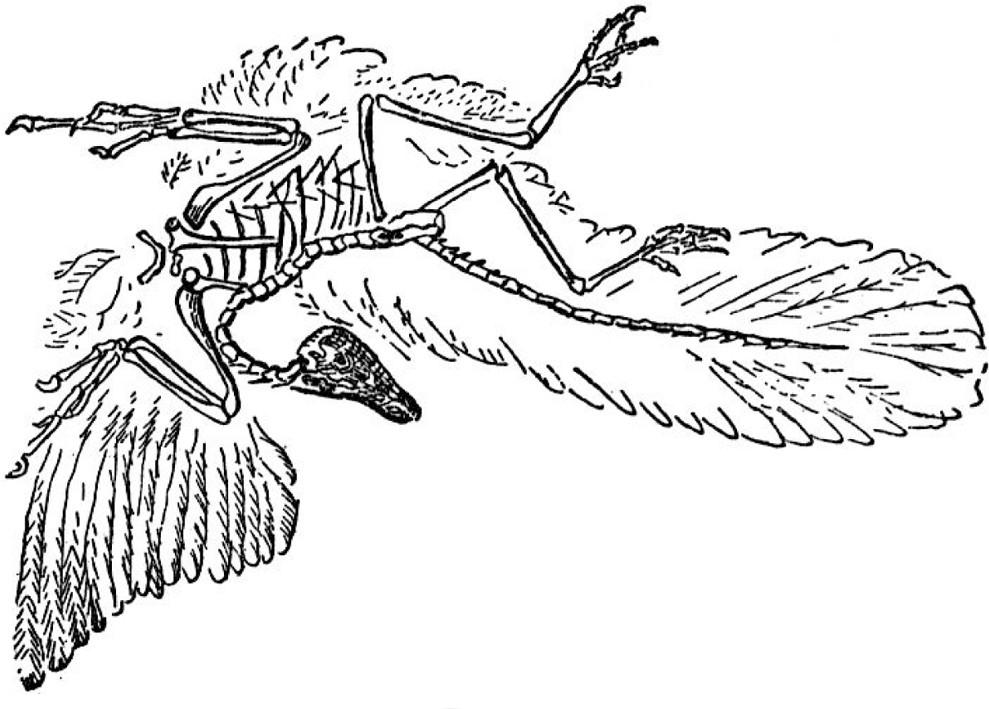
Why not fur or scales like the rest of us?
Among the many characteristics that birds share with their putative dinosaur ancestors and with present-day reptiles, one of the most telling about their genetic relationship is a protein called keratin. The scaly skin of a reptile and the feathers of a bird are both composed of this robust fibrous compound, which strongly suggests that the latter evolved from the former. Whats more, birds still have scales on the lower parts of their legs and feet. The theory is that dinosaurs (or other reptiles) with frayed scales may have had a genetic advantage because they were able to trap air and thus keep warmer than the reptiles with standard scales, which had to wait for the sun to climb high into the sky to warm themselves by lying in its rays. The frayed scales, which slowly grew in length into feathers, helped conserve their owners energy, enabling the creatures to get to food sources first in the early morning. The sunbathers, meanwhile, will have been weaker in the morning and more sluggish in the ensuing scrap for food. Some of these latter species probably died out while their frayed and feathered cousins moved onwards and upwards.
There are other advantages to plumage that will have added even greater selective pressure: feathers gave birds camouflage and features to display during courtship, and above all the ability to fly.
Taking Archaeopteryx as the first bird, scientists estimate that a minimum of 150,000 to 175,000 different species of birds have existed throughout history, though some put the figure as high as 1.5 million. There are approximately 10,000 species alive today.
Taking the Evolutionary Express
Scientists are constantly amazed by the speed at which birds have mutated into a new form to suit an environment. Incontrovertible proof of this can be seen on the Galapagos Islands, which emerged from the Pacific Ocean floor to the west of Ecuador following a volcanic eruption roughly five million years ago (a short time in evolutionary terms). Birds began to arrive not long afterwards and, without any predators there to worry about, they quickly settled into a cosy existence, gorging on the abundant fish to be found around the islands and doing what theyre programmed to do, namely reproducing to continue their genetic line, as efficiently and actively as possible. The islands cormorants no longer needed wings and over time they grew shorter and shorter as the creatures evolved into the flightless birds we see there today.
The Archaeopteryxs Song
I am only half out of this rock of scales.
What good is armour when you want to fly?
My tail is like a stony pedestal
and not a rudder. If I sit back on it
I sniff winds, clouds, rains, fogs where
Id be, where Id be flying, be flying high.
Dinosaurs are spicks and
all I see when I look back
is tardy turdy bonehead swamps
whose scruples are dumb tons.
Damnable plates and plaques
Cant even keep out ticks.
They think when they make the ground thunder
as they lumber for a horn-lock or a rut
that someone is afraid, that everyone is afraid,
Font size:
Interval:
Bookmark:
Similar books «The Curious Bird Lover’s Handbook»
Look at similar books to The Curious Bird Lover’s Handbook. We have selected literature similar in name and meaning in the hope of providing readers with more options to find new, interesting, not yet read works.
Discussion, reviews of the book The Curious Bird Lover’s Handbook and just readers' own opinions. Leave your comments, write what you think about the work, its meaning or the main characters. Specify what exactly you liked and what you didn't like, and why you think so.

